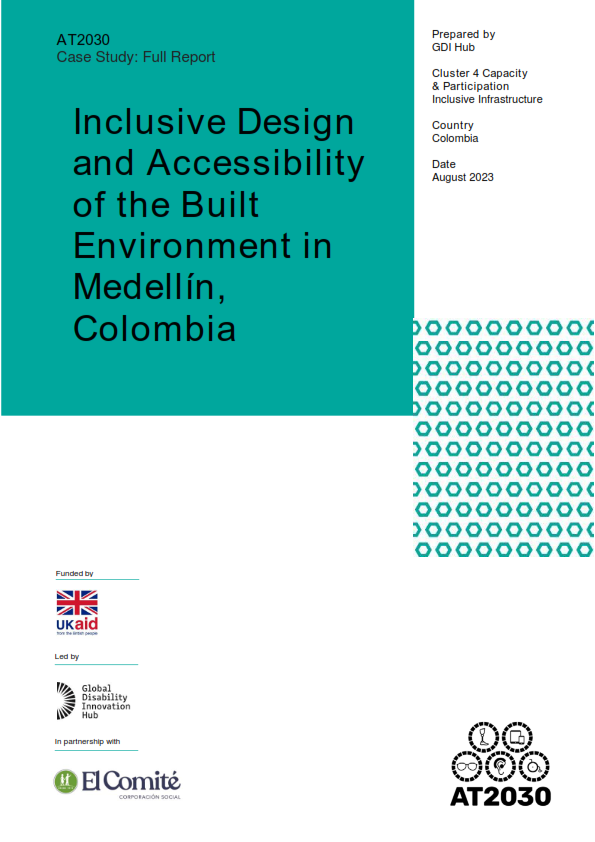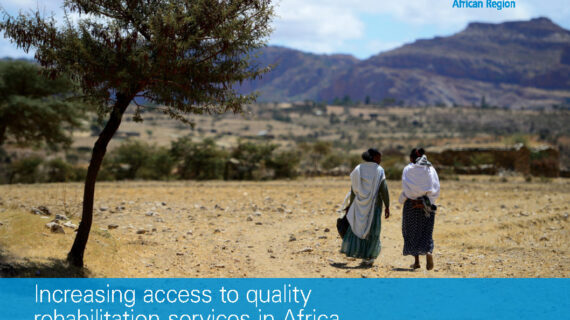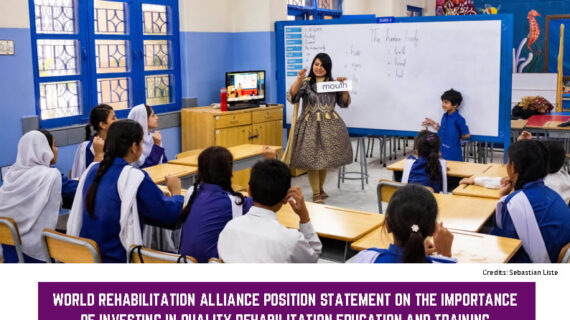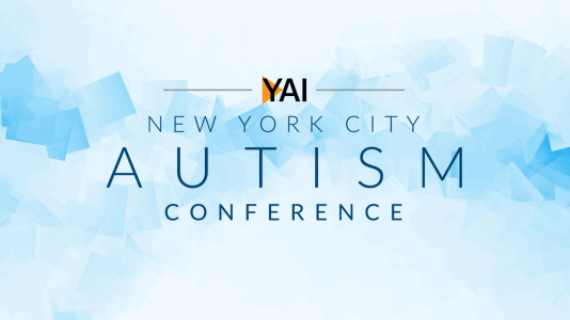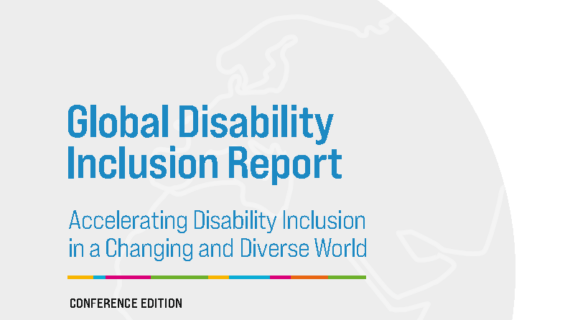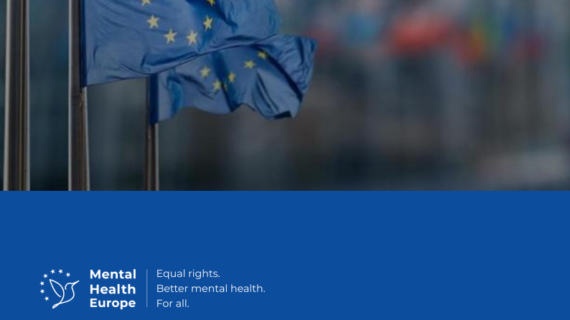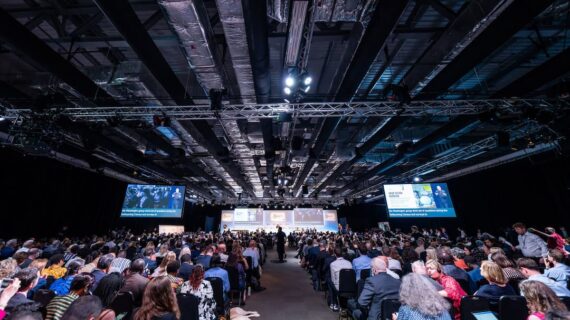Inclusive Design and Accessibility of the Built Environment in Medellín,Colombia
Medellín is Colombia’s second city, a city with a difficult past that has recently become known for its innovative approaches to urban development. Medellín showcases good practices of inclusive design, many of which are looked to from other cities and offer genuine opportunities for cities and local governments to be more collaborative. This forms part of a wider picture of inclusive urban innovation that is found in Medellín, which are delivered through an approach of social urbanism. However, it is important to note that continued improvement, maintenance and new innovation will always be needed to sustain an inclusive city – and energy, motivation and resources must be directed to this.
“It is not a question of saying that we have not achieved anything, but that we need to work continuously, because when processes slow down, it is like starting all over again and sometimes it is very difficult and tiring.”
There are nearly 80,000 persons with disabilities registered as living in Medellín, who experience various physical, attitudinal, and environmental barriers to daily life. The city has demonstrated commitments to being a liveable city, through strong commitments to inclusive green spaces, that have been designed in participatory ways.
However, in terms of inclusive urban life, there is progress needed in areas such as inclusive recreational spaces and seamless accessibility through the transport system. The social urbanism projects have taken an innovative approach to including more peripheral parts of the city and informal settlements in city planning, but these areas still lack behind in terms of accessibility.

